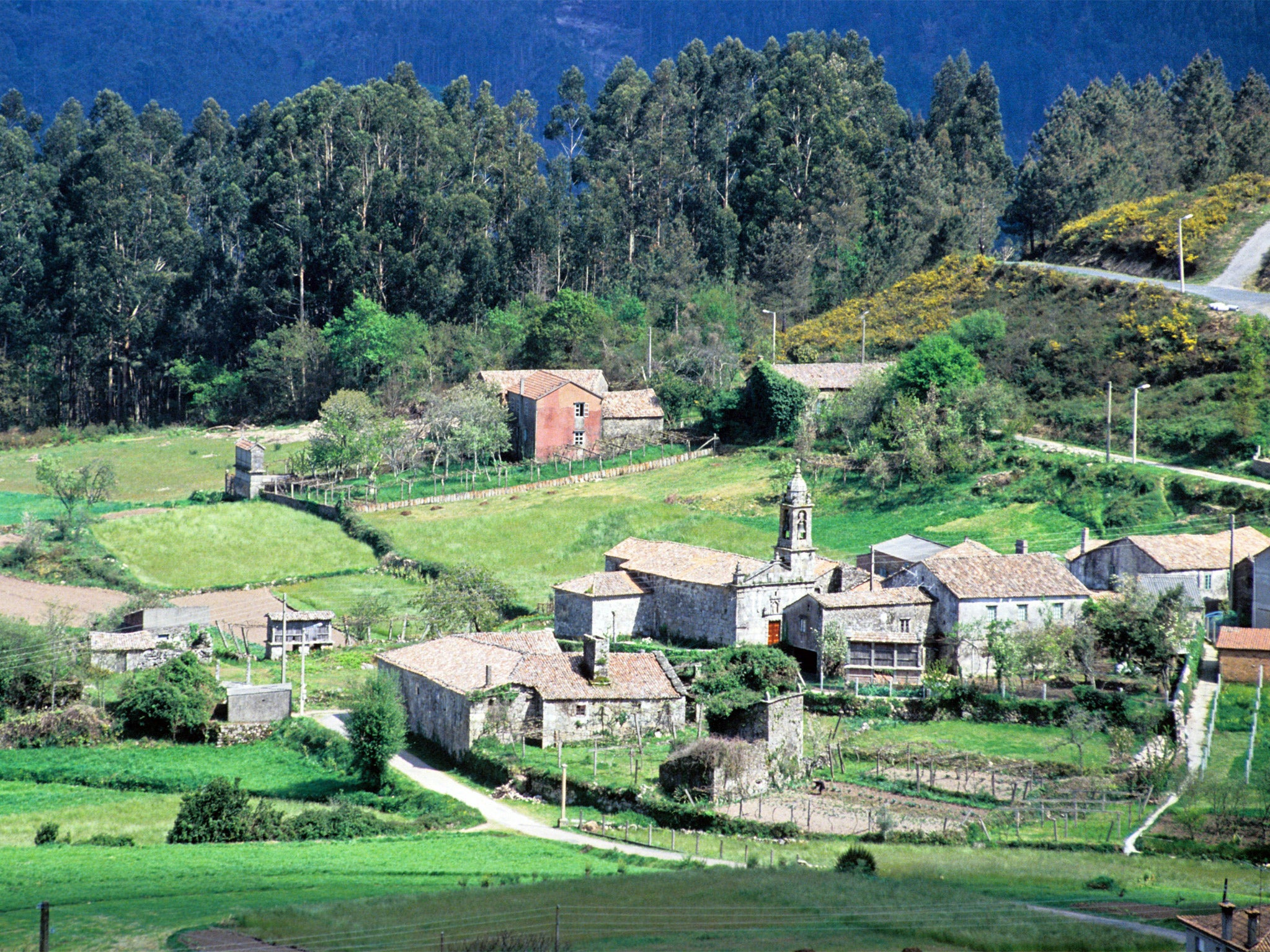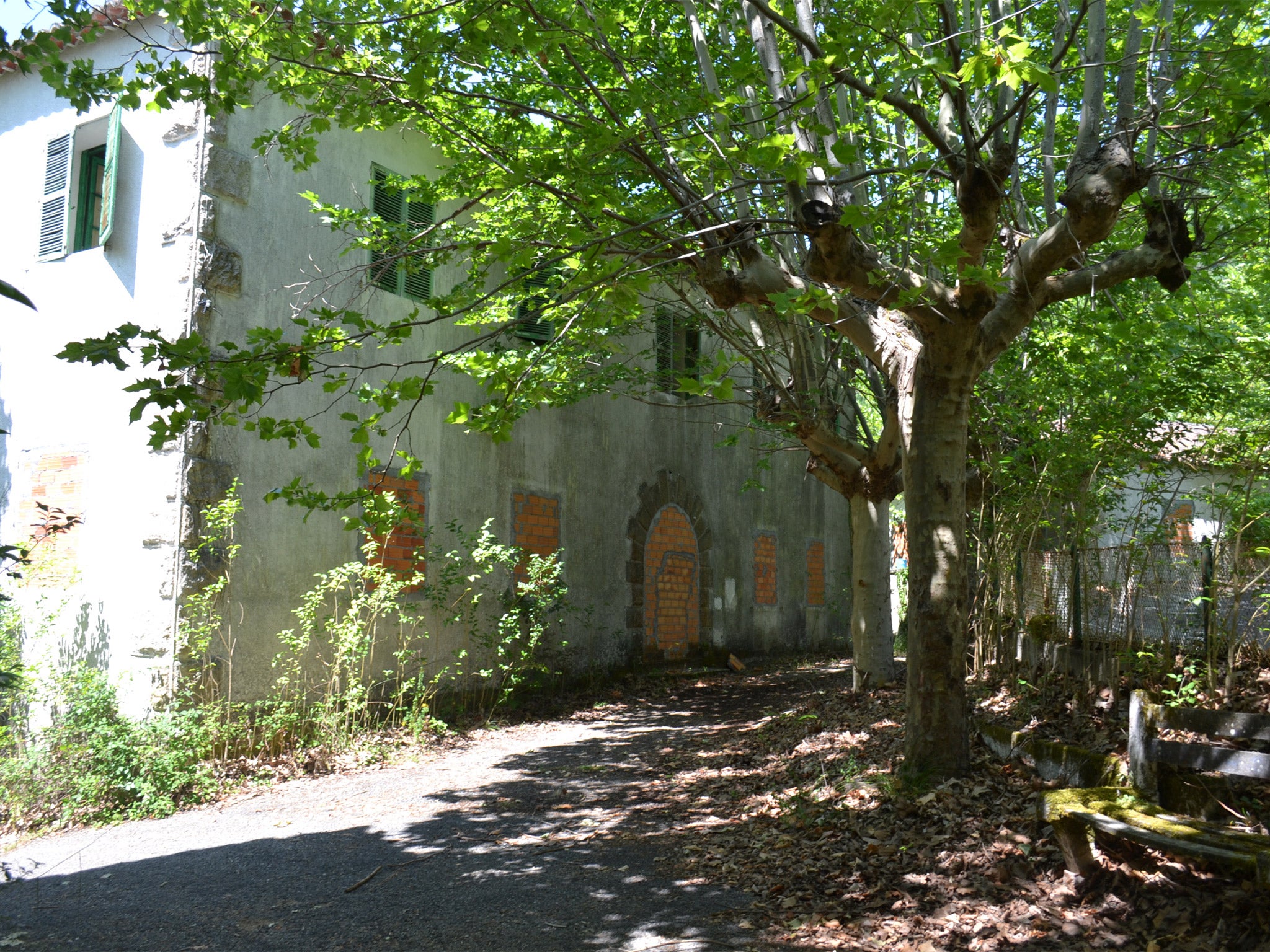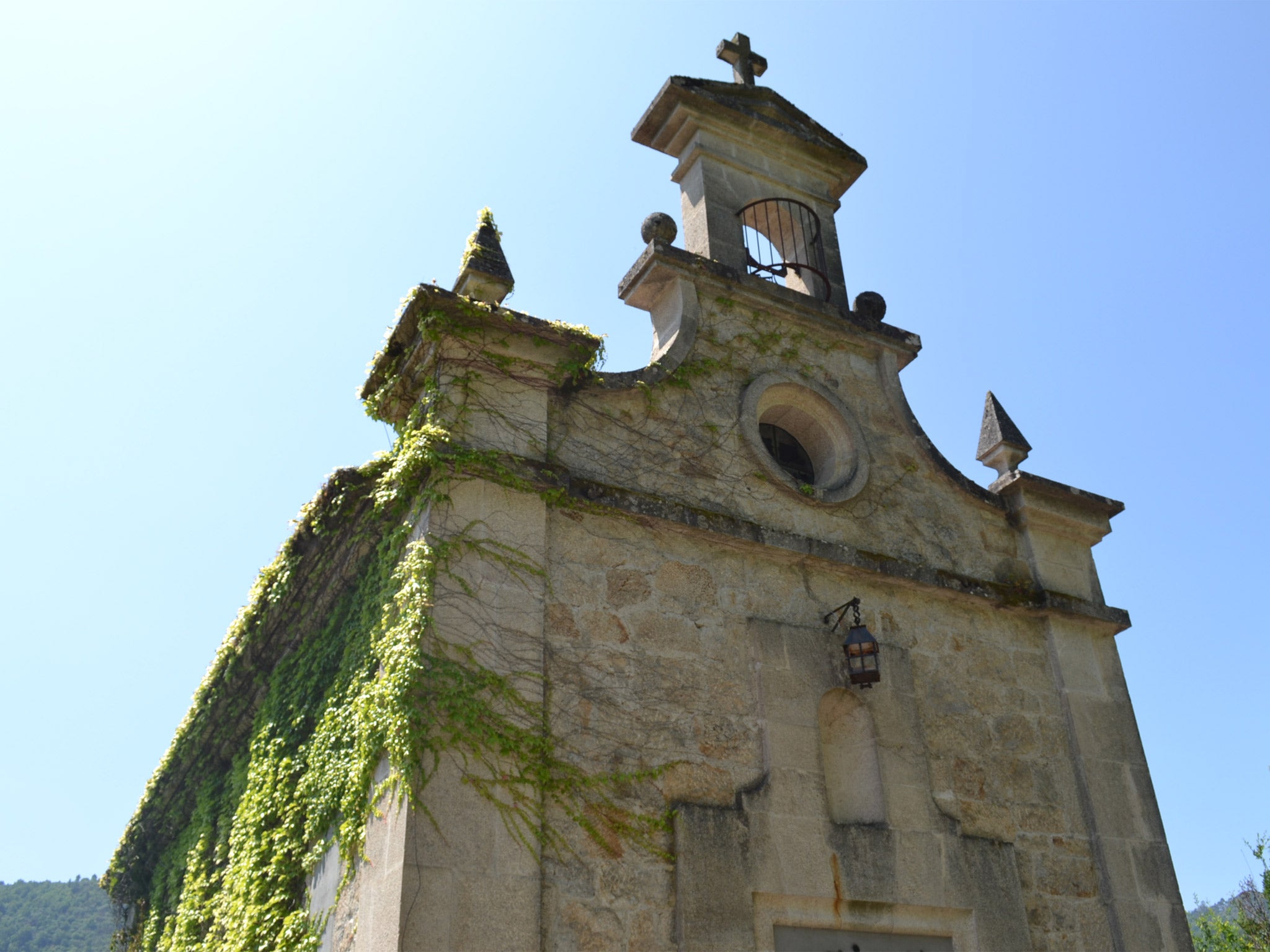Happiness is a hamlet - all to yourself in rural Spain
Why invest in a studio flat in Bognor when you can buy a whole settlement in Galicia for as little as €40,000? Caroline Anning visits one of the villages being snapped up by Britons abroad
Happiness is a hamlet - all to yourself in rural Spain
Show all 4Your support helps us to tell the story
From reproductive rights to climate change to Big Tech, The Independent is on the ground when the story is developing. Whether it's investigating the financials of Elon Musk's pro-Trump PAC or producing our latest documentary, 'The A Word', which shines a light on the American women fighting for reproductive rights, we know how important it is to parse out the facts from the messaging.
At such a critical moment in US history, we need reporters on the ground. Your donation allows us to keep sending journalists to speak to both sides of the story.
The Independent is trusted by Americans across the entire political spectrum. And unlike many other quality news outlets, we choose not to lock Americans out of our reporting and analysis with paywalls. We believe quality journalism should be available to everyone, paid for by those who can afford it.
Your support makes all the difference.Driving into the picturesque Spanish hamlet of Openso, nestled in a valley of eucalyptus and pine trees, estate agent Mark Adkinson says the clutch of houses has generated a lot of international interest. “We’ve had British, American and Dutch groups coming to visit it, they’re very interested in buying,” he explains as he pulls up aside a crumbling granite stone house. Given the price, their interest is not surprising. For €220,000 (£188,000), buyers can pick up not just a house in the village, but the village itself. The cost of a studio flat in south London buys five houses, several outbuildings and 100 acres of arable land running down to a trout-filled river here.
Mr Adkinson, a former livestock breeder originally from Lancashire, has lived in the verdant north-western province of Galicia, where Openso is located, for nearly 30 years. He mostly sells country houses but says there has been a growing interest recently in small, rural hamlets known as aldeas. He has identified 400 abandoned hamlets in the area that could potentially be sold. Some are on the market for several hundred thousand euros; other smaller, more dilapidated ones go for as little as €40,000 (£34,000).
“People are coming here looking for a different way of life,” Mr Adkinson says. “The previous owners are getting older and dying or moving away to be closer to medical facilities, but there is a lot you could do with these villages.”
Like many of the nearly 3,000 other empty villages in rural Spain, Openso was gradually abandoned by its original inhabitants during the 20th century. More than half of the country’s slowly-crumbling hamlets are in Galicia, a largely rural province that is also home to the famous pilgrimage site of Santiago de Compostela. It is estimated that up to three million people left Galicia between the turn of the last century and the 1970s. They went to the coastal cities or abroad – first to Latin America and later to Switzerland and Germany – seeking a better life than they had as subsistence farmers.
There was a time when Galicia, the home region of General Franco, was a byword in Spain for rural poverty, hunger and mass migration. These days it is better known for its Catholic pilgrimage trail and pulpo (fresh Galician-style octopus), but few émigrés have returned to the rural areas. The traditional granite-built villages that the migrants left behind may still house the odd elderly resident or see visits on high holidays, but for the most part they lie almost empty.

Until recently, abandoned homes were usually left to be gently taken over by lush vegetation. Inheritance laws mean that numerous members of an extended family often own a share of a property and have to give their permission for it to be sold, even if they moved to Argentina in the 1950s and have not been heard of since. But now, a combination of demographics and economics means dozens of hamlets are coming on to the market. Spain’s economic downturn, sparked by the collapse of house prices in 2008, has pushed owners to reconsider the value in their village properties as they face the prospect of negative equity on their main residences.
The region’s ageing population also means that there are more villages than ever being left completely abandoned. Jose Luis Alvarez Blanco, the mayor of Panton in southern Galicia, presides over an ever-shrinking community. “As we know, this has always been an area of high emigration,” he says, sitting behind an imposing mahogany desk in a small office off a cobbled square in Ferreia de Panton. “When there was a census in the 1960s, there were 13,000 people living here. Now there are 3,000. We have three abandoned villages and several others where there is only one resident [who is] over the age of 80.”
He holds out a brochure for another abandoned village for sale nearby, La Chaira. Built by an electricity company for its workers in the 1950s, it clings to the side of a steep wooded valley off a winding road down from the town. Seven large red-roofed buildings are spread under mature trees, along with a playground and even an imposing white church. As with Openso, it is being sold for about €220,000.
“Sure, if someone bought the village it would give the local authority a financial boost,” Mr Blanco says. “But more importantly it would bring new life into the area, new young people. We’re here to support anyone who wants to come.”
Mr Blanco says he does not mind if buyers come from Spain or abroad. About 60 per cent of Mark Adkinson’s clients are Spanish; the rest come from Britain, Germany, the Netherlands and other countries. Many Spanish buyers come from northern cities to seek a better, and cheaper, way of life.

At the abandoned village of La Chaira, Pablo Pace, 35, and his girlfriend have driven up from the city of Vigo to pick wildflowers and herbs from the surrounding countryside for his organic microbrewery business. “I would love to get together with friends and buy this place,” he says, glancing at the sturdy-looking two-storey white buildings. “We could build a brewery here and turn it into a small tourism business”.
The fact that others have left the area, driven away by the harshness of rural life and the lack of economic opportunity, does not appear to put him off. “New technologies mean it is easier to live out here now and there is a lot of help from the government for young people wanting to move to the countryside. It’s a nicer way of life,” Mr Pace says.

The hamlets lend themselves to running small businesses based on tourism or agriculture, as Mr Pace hopes to do. One of potential buyers interested in Openso, a British architect and his family, are considering turning it into an eco-village and resort.
Others just want to be lord of their own manors. Neil Christie, 61, sold his home in Cumbria in 2006 and bought the tumbledown hamlet of Arrunada on the border between Galicia and Asturias for just €45,000 (£38,500).
“This will be our family home eventually when it’s complete, we’ve no intention of doing anything commercial with it at all,” he says.
Mr Christie explains that he was attracted first and foremost by the price, as well as the climate and landscape in Galicia. But he warns that it can take blood, sweat and copious amounts of cement to live the dream of owning an entire Spanish village. “People need to know what they’re letting themselves in for. The town hall has been very helpful to us but most of these places are in ruins – it’s a huge amount of work.”
Subscribe to Independent Premium to bookmark this article
Want to bookmark your favourite articles and stories to read or reference later? Start your Independent Premium subscription today.
Join our commenting forum
Join thought-provoking conversations, follow other Independent readers and see their replies
Comments